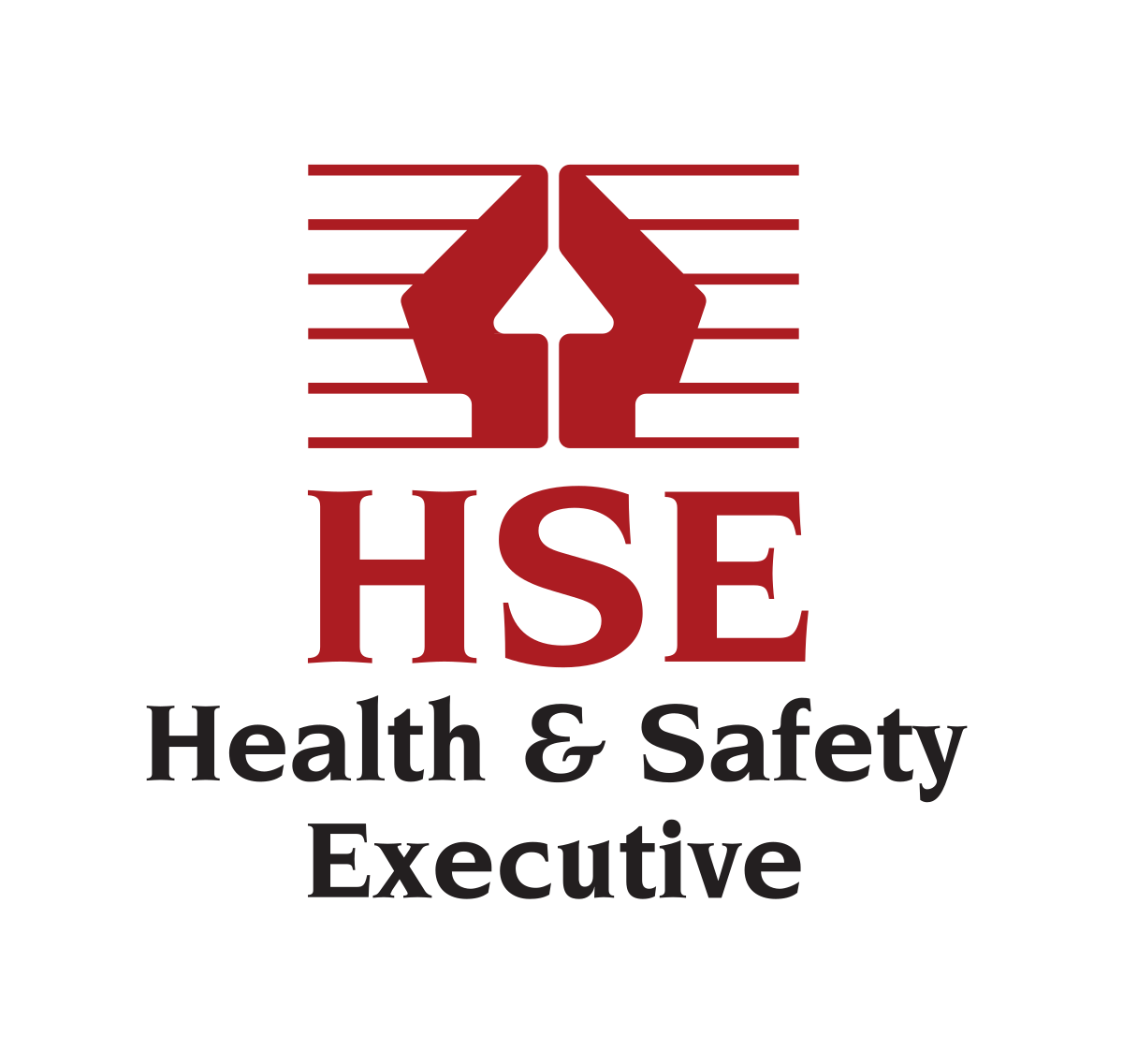Metalworking fluids: new quiz, webinar and guidance
Issued: 11 January 2024
HSE is inspecting manufacturing businesses that use metalworking fluids in their machining processes until March.
Their Ebulletin contains facts, resources and guidance to help you make sure you are adequately protecting workers.
Quiz – test your knowledge
Exposure to metalworking fluids can cause harm to lungs and skin.
Work-related lung diseases have a devastating impact on workers’ lives, but when effective controls are in place, occupational lung diseases are preventable. Are you confident on how to protect your workers?
Take our quick quiz and see how you score There are 8 questions to complete and all answers are anonymous.
Webinar – managing metalworking fluid hazards
This short webinar provides information that will help you manage the health hazards from metalworking fluids.
It includes a case study of an HSE investigation, the control measures required to protect the health of workers and a summary of required fluid quality checks:
Watch the webinar – managing metalworking fluid hazards
Produced by HSE in conjunction with the United Kingdom Lubricants Association Product Stewardship Group.
Three things to get right
Here’s a reminder of the main reasons that businesses fail to demonstrate compliance:
Local exhaust ventilation (LEV)
LEV should be fitted to CNC machines where operators are exposed to metalworking fluid mist. It is the key control measure to reduce inhalation exposure.
For more information, download HSE’s guidance sheet COSHH MW1: CNC machining (.pdf).
Maintaining fluid quality
Water-mix metalworking fluid deteriorates over time and can become contaminated with harmful bacteria and other contaminants. Monitoring and maintaining fluid quality is key to controlling risk.
For more information, download HSE’s guidance sheet COSHH MW5: Managing fluid quality (.pdf).
Health surveillance
Health surveillance is a scheme of repeated health checks which are used to identify ill health caused by work as early as possible. Where there is exposure to fluid or mist, it is a legal requirement to carry out health surveillance even when preventative controls, such as fluid quality checks and LEV, are in place.
Find out more:
- HSE’s website has guidance on occupational health and health surveillance schemes
- download COSHH G402: Health surveillance for occupational asthma (.pdf)
- download COSHH G403: Health surveillance for occupational dermatitis (.pdf)

